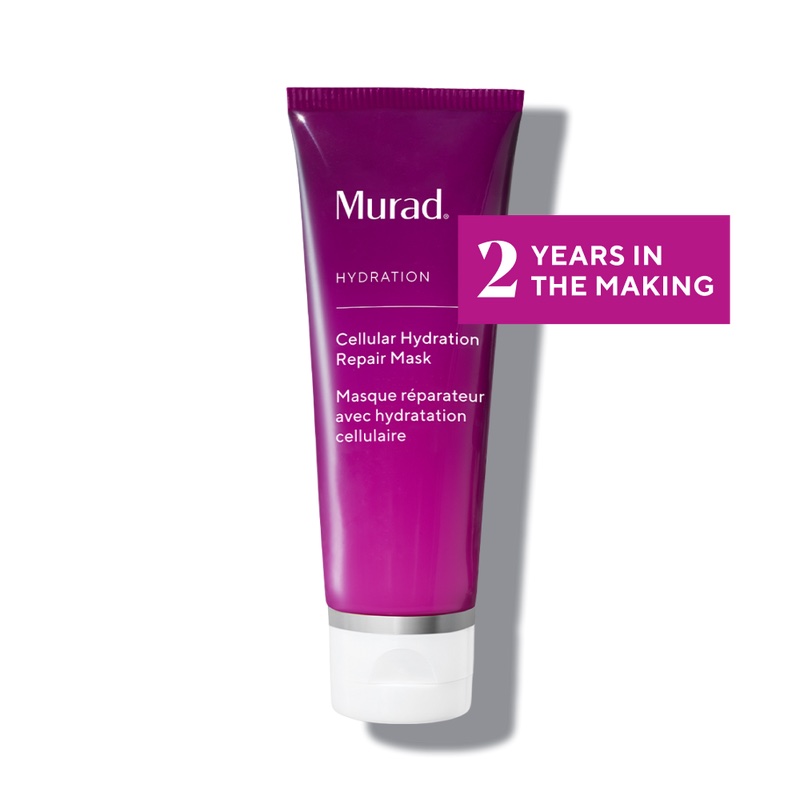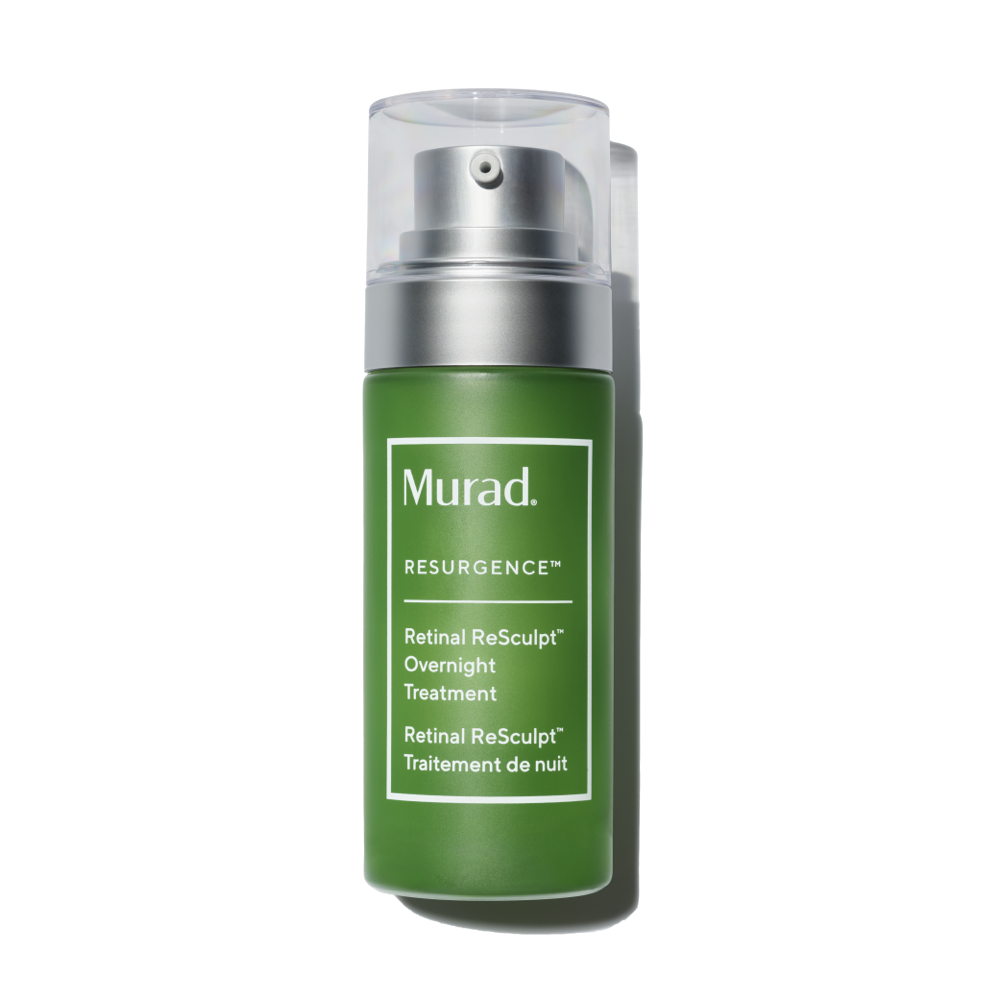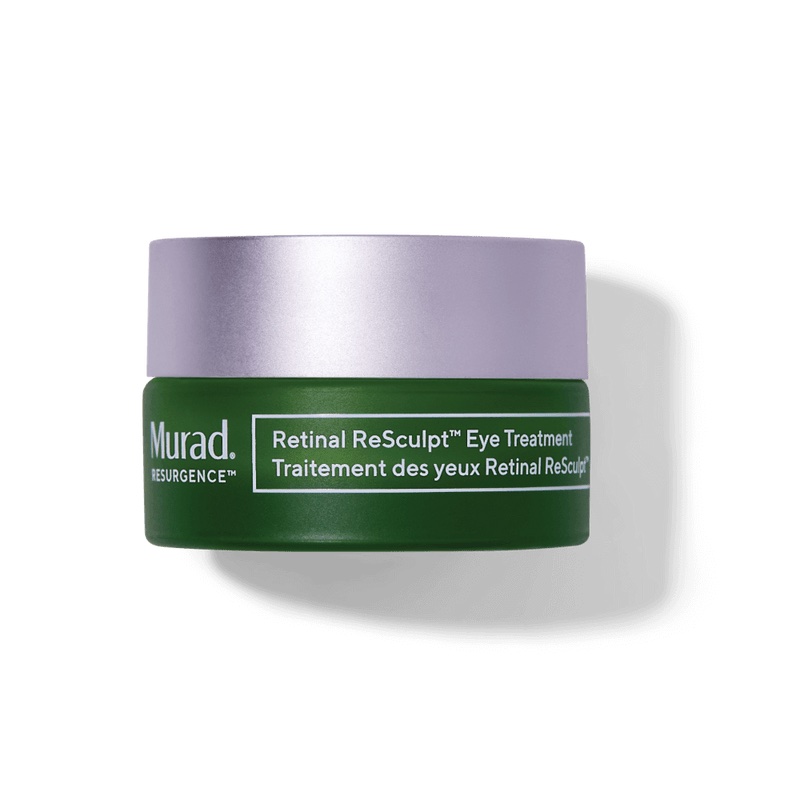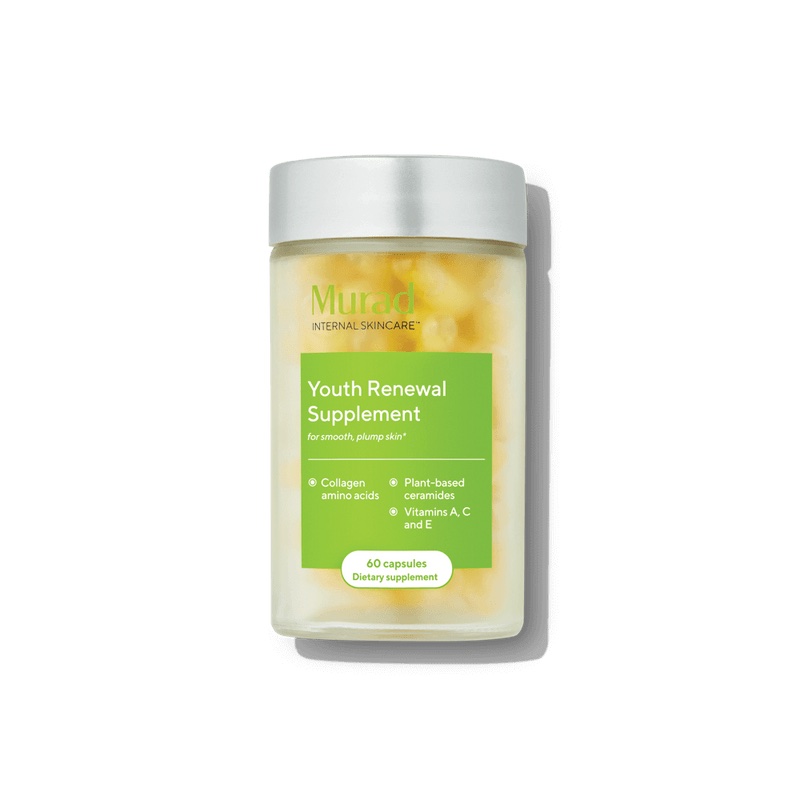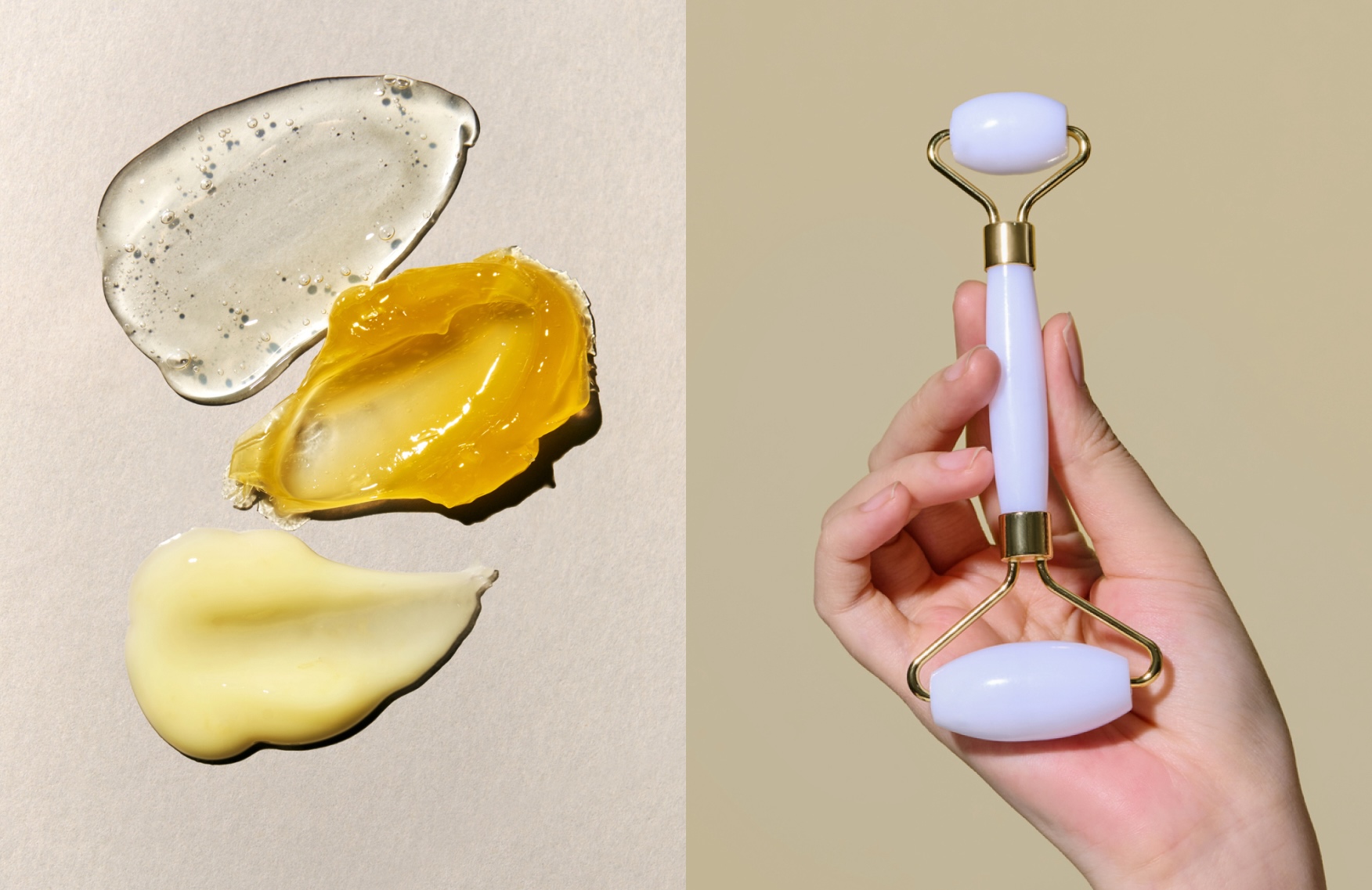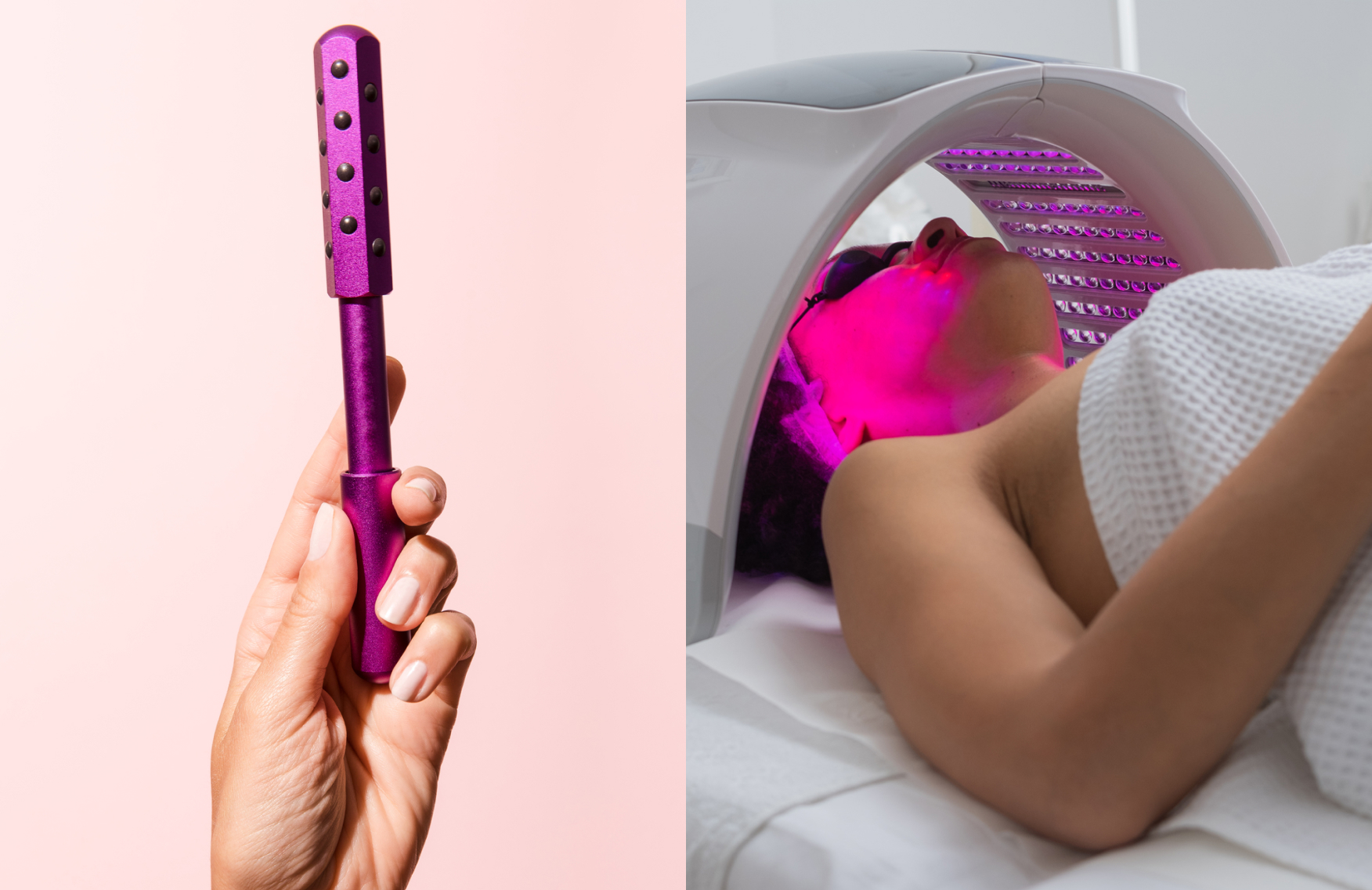TikTok made me do it: Skin cycling 101
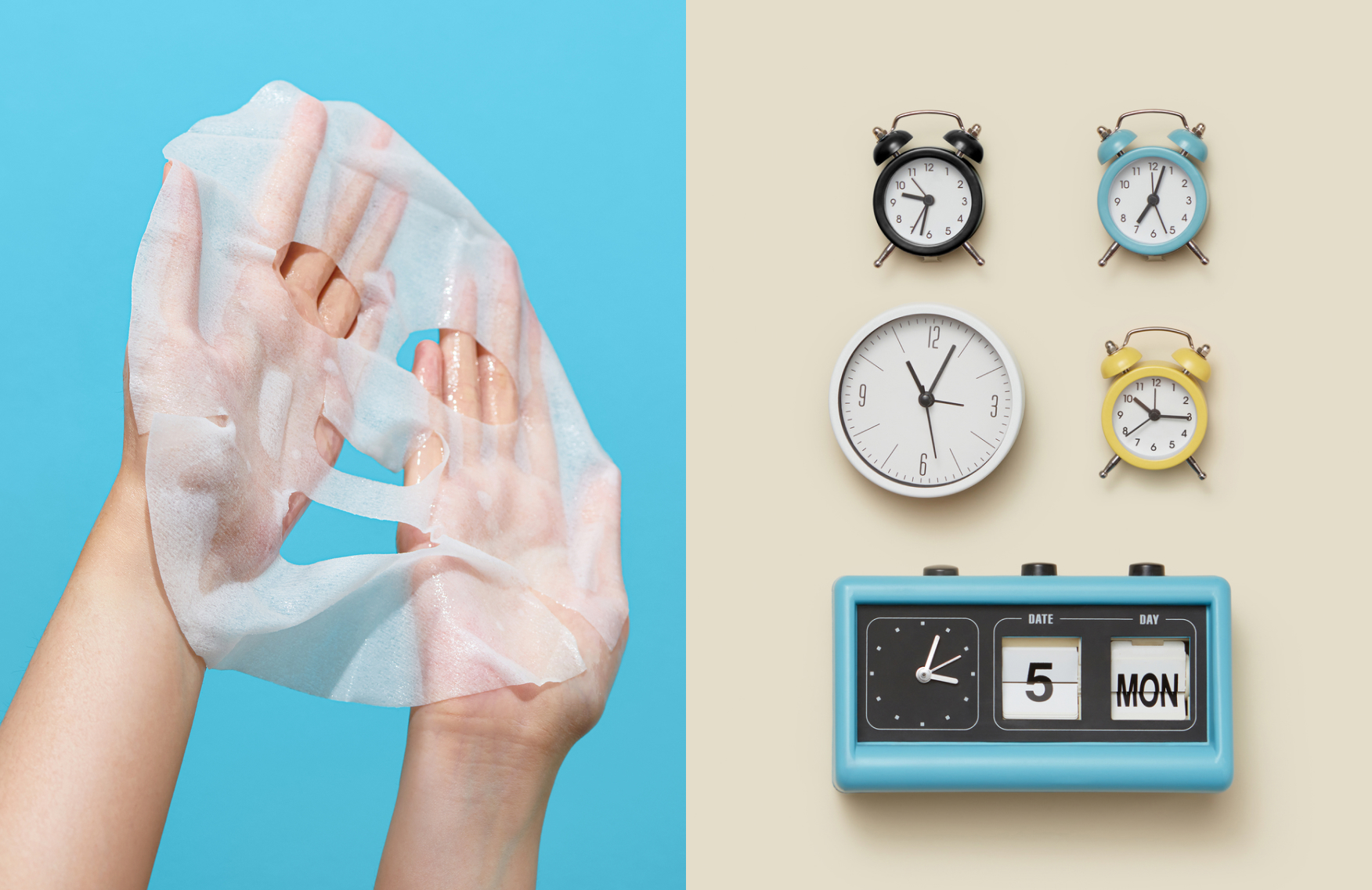
Exploring skin cycling and its impact on your skin health
If there is a TikTok craze worth running toward (particularly if you’re keen on establishing a “less is more” approach) it’s skin cycling. The methodology first hit the skincare scene in 2022 and has since become one of the most widely favored regimens in recent years. But what is skin cycling?
Coined by New York board-certified dermatologist Dr. Whitney Bowe, skin cycling has been linked to a host of benefits. Dr Bowe’s pioneering concept offers a fresh perspective on skincare, emphasizing the importance of understanding and adapting to the natural cycles of the skin. Here’s why it’s skyrocketed in popularity, how it works and the wonders it may do for your complexion.
What is skin cycling?
Skin cycling may sound complex, but it’s remarkably simple: It requires little more than remembering to “cycle through” (or rotate) your skincare products on an ongoing basis—or every four evenings, to be exact.
The general schedule for the process mirrors the following:
- Day 1: Exfoliate: The first step of skin cycling is exfoliation night, which kicks off with your typical
aactive ingredients like beta hydroxy acids or alpha hydroxy acids. Exfoliation helps ensure your skin has been cleared of common pore-clogging debris like dirt, makeup, and oil—and is primed to soak up the targeted treatment the next night.
- Day 2: Treat: The second night of your skin-cycling routine is dedicated to retinoids—vitamin A derivatives that accelerate skin cell turnover and enhance the suppleness of your skin by bolstering collagen production. Whether you use a topical retinol or prescription-based retinoid will depend entirely on your dermatologist’s recommendations and your chief skincare goals. Either product, however, should be used sparingly, with no more than a raisin-sized amount for your whole face.
- Days 3 and 4: Recover: Following retinoid night, the third and fourth days of skin cycling are, put simply, committed to giving your skin a chance to rest. Other than washing your face with a mild cleanser and warm water and using a hydrating skin toner, your only other task on your recovery night is to apply a moisturizer, preferably one that contains healing ingredients such as ceramides or hyaluronic acid—heroic skin savers that lock in moisture, nurture your skin’s biome and shield your epidermis.
This basic format of skin cycling can also be tweaked to address your unique skincare concerns, skin type and skin texture. Sensitive skin types and dry skin types may require more recovery days. Even if you have oily or acne-prone skin, more frequent use of active ingredients like salicylic acid may prove to be beneficial.
How skin cycles affect skin health
Dermatologists like Dr. Bowe recommend skin cycling for two primary reasons: Mitigating the risk of skin irritation and maximizing each product’s efficacy. In other words, overloading your skin night after night with an array of products—particularly active ingredients in exfoliants and retinoids—may not only decrease their effectiveness but can also result in:
- Irritation
- Inflammation
- Peeling
- Retinization (or “retinol burn,” which manifests as redness and flaking)
Skin cycling, on the other hand, is much more strategic—and may lead to more perks than elaborate routines that call for a myriad of products.
The benefits of skin cycling
In addition to diminishing the risk of skin irritation and boosting the power of select skincare products (to say nothing of its affordability), skin cycling has the potential to:
- Nourish the skin barrier, which may be vulnerable to harm from the overuse of exfoliants, retinoids and other products
- Reduce the chance of a product’s side effects by using it less frequently
- Amplify hydration (particularly for those with dry or sensitive skin or in the winter months when natural moisture falters)—and the soft, luminous skin that arrives with it
Is skin cycling right for you?
If you’ve just begun using exfoliants like an AHA or a retinoid, you’re in the perfect position to give skin cycling a whirl: Its schedule allows you to introduce these products slowly and gradually to your skin, thereby curbing the chance of a negative reaction. If, however, you’ve been using exfoliants and retinoids for some time, tolerate them well, and have outstanding results, you may not need to rock the boat.
Further, while skin cycling is deemed generally safe and potentially useful, there is an exception: Those who have active skin concerns such as eczema and acne. A hormonal imbalance could be the cause for your skin condition, so skin cycling might not be the right solution to address a different rooted issue. Depending on the severity of your skin condition, be sure to receive your dermatologist’s express approval before modifying your current skincare regimen, especially if you’re on medication.
But if you do get the green light? Enjoy the uncomplicated nature of the skin cycling process—and bask in its rejuvenating benefits.
The views expressed in this article do not necessarily represent the views of Murad, and are for informational purposes only, even if the advice of physicians and medical practitioners are included. This article is not a substitute for professional medical advice, diagnosis or treatment, and should not be considered specific medical advice.
References:
New York Times website, Should you be skin cycling?
Very Well Health website, How does skin cycling work?
Healthline website, Retinoid facts
Advances in Dermatology and Allergology, 2019, volume 36, issue 4, pages 392-397
Cleveland Clinic website, Moisturizer and dry skin
U.S. Dermatology Partners website, Skincare habits to break
Healthline website, Retinol burn
Health News website, Skin cycling
